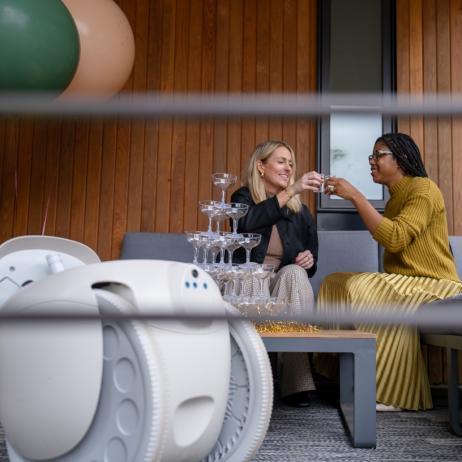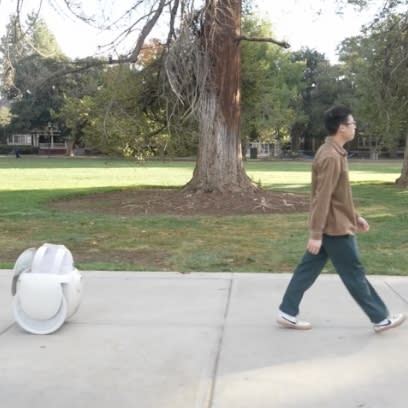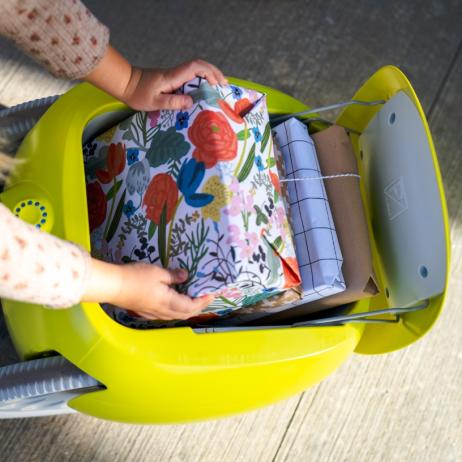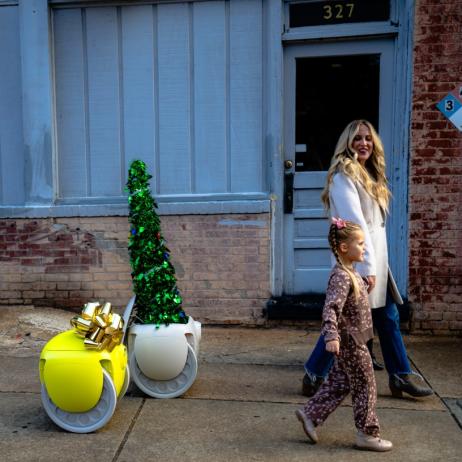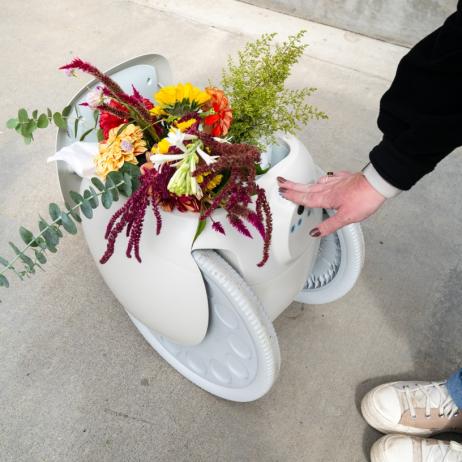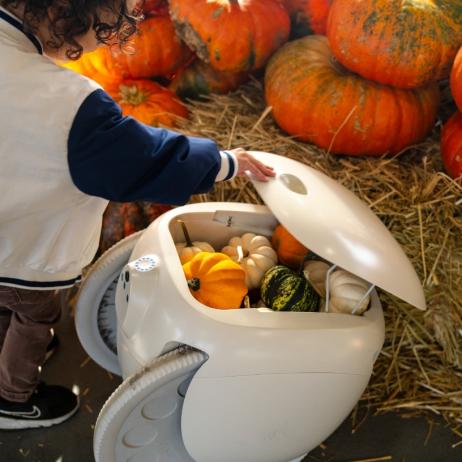
The 15-minute city: the future of urban living
Why walkable neighborhoods are the best neighborhoods
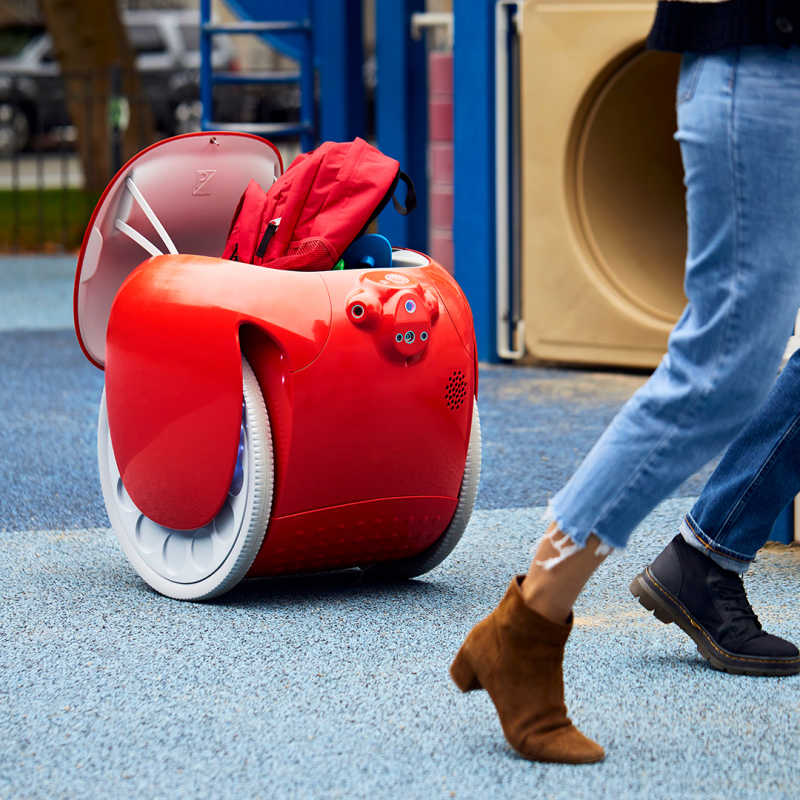
People > cars
Let’s face it; the car-centric model our cities were built around just isn’t sustainable.
Don’t get us wrong, it’s not that we have anything against driving, we’re always up for a road trip (we are a part of the Vespa family, after all), but we believe that urban living shouldn’t be dependent on having a car, or centered on driving. It should be centered on people.
As it turns out, when people are able to get their needs met without having to drive, the benefits aren’t just at street level. Pedestrian ecology promotes healthy lifestyles and social connectivity, and leads to a healthier economy and cleaner environment. In other words, the more walkable the neighborhood, the better for all.
The 15-minute city
So it isn’t surprising (especially given the constraints from covid lockdowns) that there’s an increasing popularity of walkable urban places around the globe. The 15 Minute City concept, developed by Professor Carlos Moreno at the Sorbonne in Paris, takes walkable living to a whole new level. The 15 Minute City is a city-meets-suburbs space composed of lived-in, people-friendly, and connected neighborhoods where daily urban necessities are all within a 15-minute reach on foot or by bike, including work, home, shops, entertainment, education and healthcare.
Accessibility & autonomy
Now if this at all sounds limiting to you, you’re totally missing the point. This model isn’t intended to be limiting, quite the opposite in fact. The intention is to make local living more accessible—to make the world more accessible, to take out the unnecessary journeys, to save time, energy, and money. To allow people to be more autonomous.

Happier & healthier
If you’re still not convinced, here’s a look at some more of the benefits of this type of walkable local living:
Healthier economy:
Stimulated through the savings from not using a car as a major mode of transportation
The accessibility to the localized workforce creates more engagement (a.k.a. shopping small creates connection, loyalty, and makes people feel good)
Cleaner environment:
Less vehicle use reduces pollution, greenhouse gas emissions, and noise
More natural spaces create cleaner air
Happier residents:
A strengthened sense of belonging and community promotes safety and inclusion
Regular walking and biking improves health and wellbeing
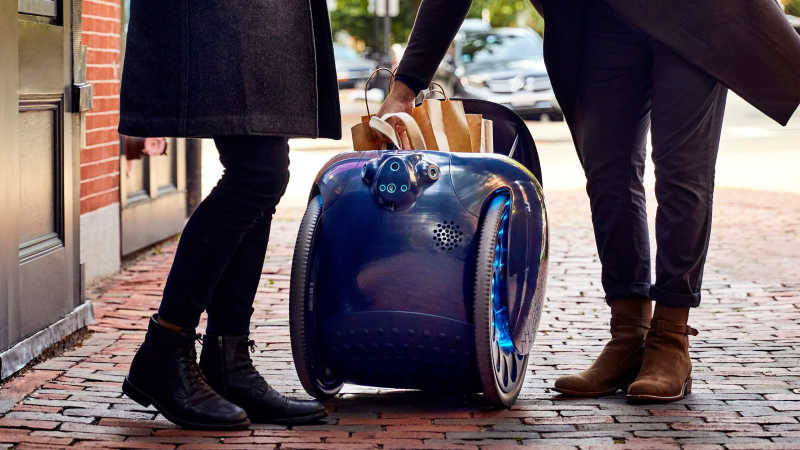
Bringing this future forward
Forgoing driving for walking means having to carry all the stuff the car usually carts around. That’s actually the biggest reason people don’t do more of their daily living on foot—they’ve got all their stuff holding them back. That’s where we come in.
At Piaggio Fast Forward we create innovative mobile tech solutions to help people unlock the walkability of their neighborhoods (bringing the 15 Minute City mentality to the neighborhoods we already know and love). We do this by studying and observing how people move, walk, and navigate the world around them. Then, using a mix of robotics, engineering and design, we create sleek, smart, and gorgeously-designed tech products that move the same way.
The latest, gita, the cargo-carrying following robot, carries up to 40lb of cargo while following its user through computer sensory vision (no gps or clunky tracking device). So if you’ve ever been held back from enjoying your neighborhood on foot because you’ve got too much to carry, you should really consider giving it a look. Your health, the environment, and your neighbors will thank you.
Sources:
Financial Times: https://www.ft.com/content/c1a53744-90d5-4560-9e3f-17ce06aba69a
Foot Traffic Ahead report
Related Stories
Starting at $2475
or $88/month
YOUR CART
Looks like your cart is empty!
